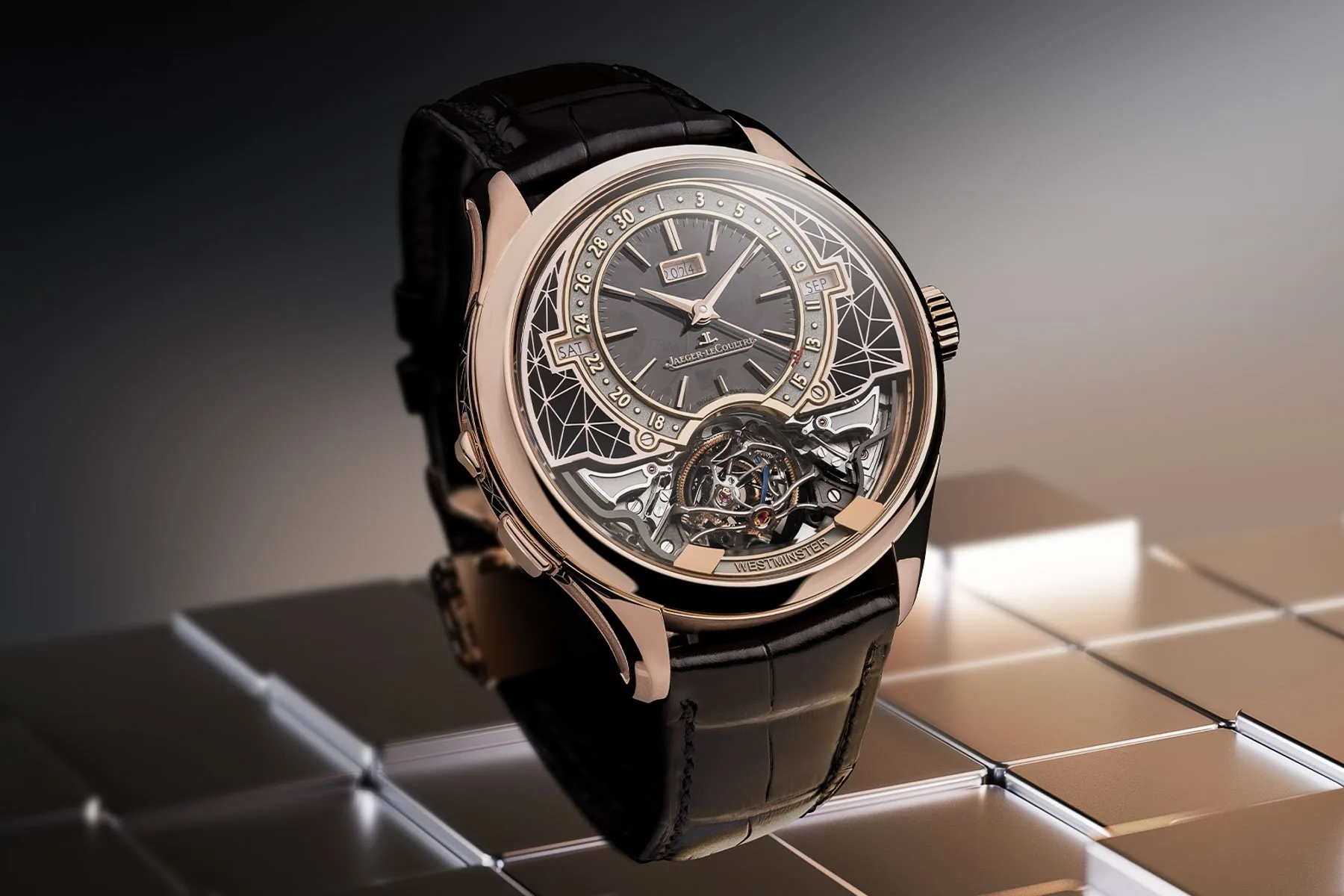By Dhananjay Pathak
Talking from a design and aesthetic standpoint Chronographs are arguably one of the more sought after watches after the typical three-handers which are more common. If one were to conduct a survey asking a specific audience as to why they like chronographs, the most common answer that you might come across would hover around the coolness factor and the distinctive visual appeal that a chronograph offer. Though I would not differ on the looks front, chronographs, in my opinion, provide a usable complication of a stopwatch to time events, which is seldom used today courtesy of the digital revolution we are part of. As simple as they might look on the outside chronograph timepieces (especially mechanical ones) are driven by complicated mechanisms underneath. Given the modern times we live in and the advancements in technology, there are quite a few chronograph movement options available in the market, but for today we are going to shed some light on the stalwart Valjoux 7750.
The Venus Connection
Venus was a famous producer of watch movements in Switzerland during the early 1920’s and was amongst the first ones to create a chronograph movement, with a column wheel for the functioning of the central hand. Over the course of time, Venus became a profound chronograph movement manufacturer, so much so that their column wheel based chronograph calibres are highly sought after even today and are regarded as some of the best chronograph movements ever produced. But the cost associated with a column wheel based movement was quite high. To remain competitive in the market, Venus started manufacturing cost-effective movements such as the calibre 188, 200, 210 and 211 which utilised a cheaper to produce cam switching mechanism instead of the column wheel mechanism used in the calibre 175, 178 and 179. Unfortunately, Venus could not survive in the industry for long and was eventually absorbed by rival Valjoux in 1966 giving birth to the Valjoux 7730 which is based on the Venus Calibre 188.
Valjoux 7730 and the birth of the Valjoux 7750
The Valjoux 7730 was a hand wound chronograph movement with 17 jewels, and the initial versions of this movement were virtually identical to the Venus 188. During its production years, the 7730 was redesigned a couple of times with different reset hammers leading to the creation of the 7733/34/36 and 37 series. Although Valjoux was a leader in manual–wind chronographs during the 60’s, there was a race going on between several manufacturers to create an automatic chronograph movement. Though it would be hard telling as to who was the winner of the race, it would be safe to say that the time span between 1969-73 was the golden age of innovation for automatic chronograph movements and led to the genesis of great movements such as the Seiko 6139, Zenith El Primero and Lemania 5100.
So, to catch pace with its competitors, Valjoux started working towards creating their first automatic movement and eventually ended up creating the trustworthy calibre 7750. Based on the 7730, the Valjoux 7750 was one of the first movements to be designed with the aid of a computer. The 7750 is uni-directional winding (winds only in one direction) and is constructed of a main-plate, calendar plate and chronograph top plate. The movement comprises of a coulisse –lever escapement wherein levers push a cam back and forth, driving the stopwatch mechanism of the movement.
The death and Re-birth of 7750

Although the Valjoux 7750 was off to a great start with a lot of brands showing interest in the movement, the honeymoon period was soon over as the production of the Valjoux was stopped in the year 1975 as a result of one of the worst crises the world of Horology ever faced: The Quartz Crisis. The quartz movements were not only cheaper to produce, but were also more accurate as compared to its mechanical/automatic counterparts and as a result were being embraced with open arms by masses outside the Swiss territory. As a result of this drift, the Swiss watch industry plummeted and would remain in bad shape for years to come. But things were to take a different turn, in 1983 the Swatch group was formed to revive the watch industry. Indeed, they were successful in bringing the watch back industry to life, also giving us enthusiasts living today to enjoy the world of horology. As was the case with the entire Swiss watch industry, the Valjoux 7750 even sprung back into action and came back into production in the year 1985.




